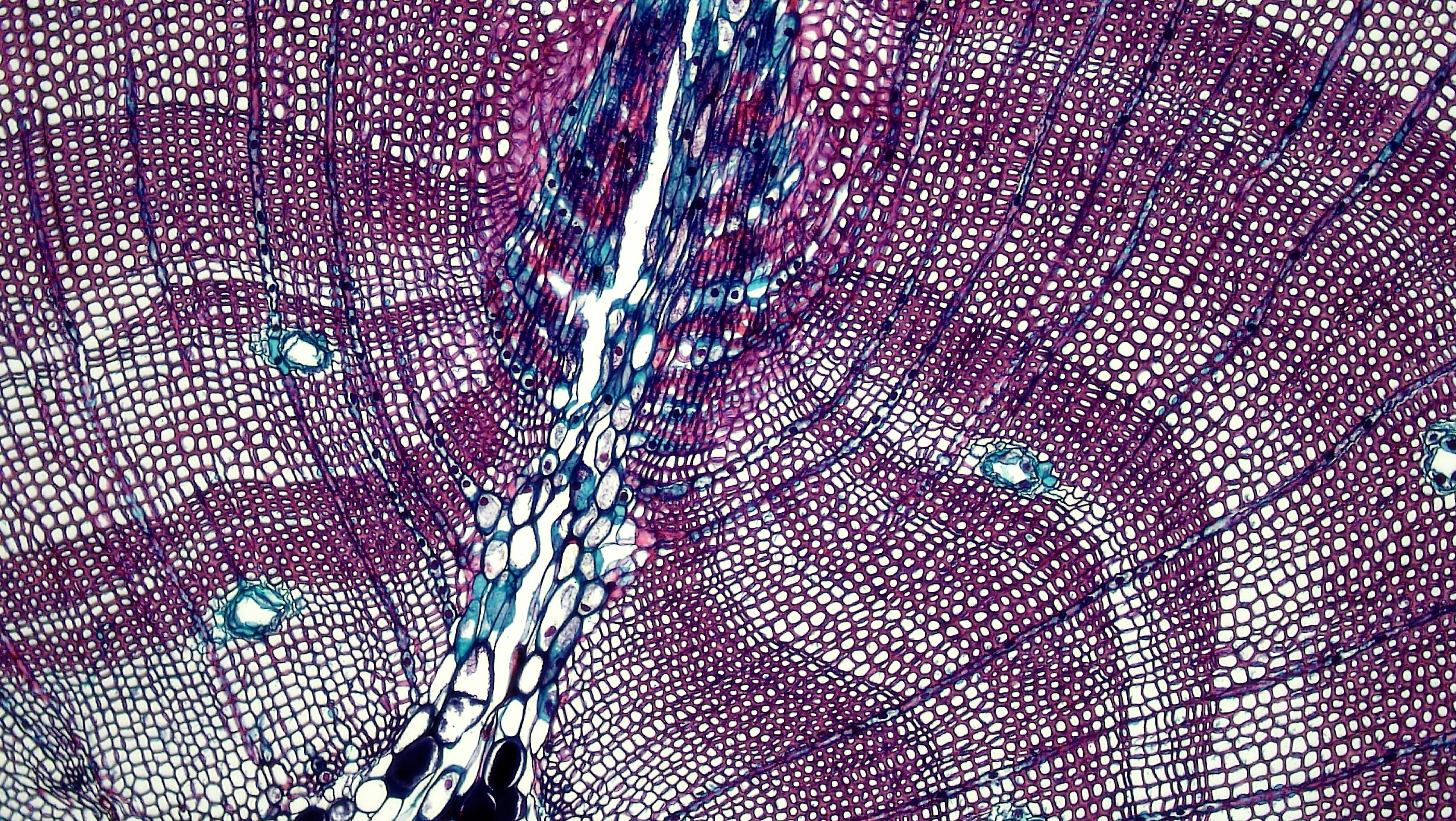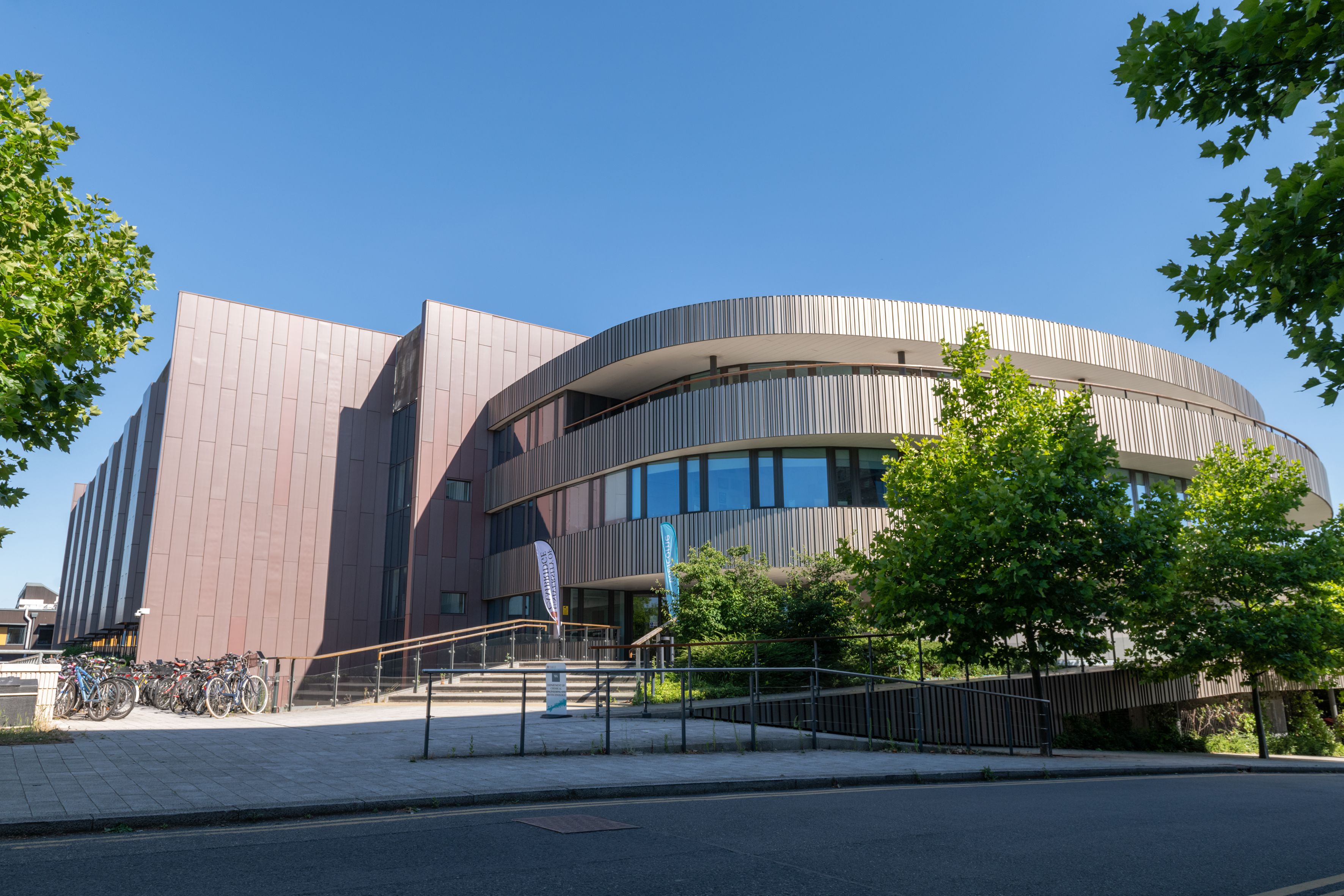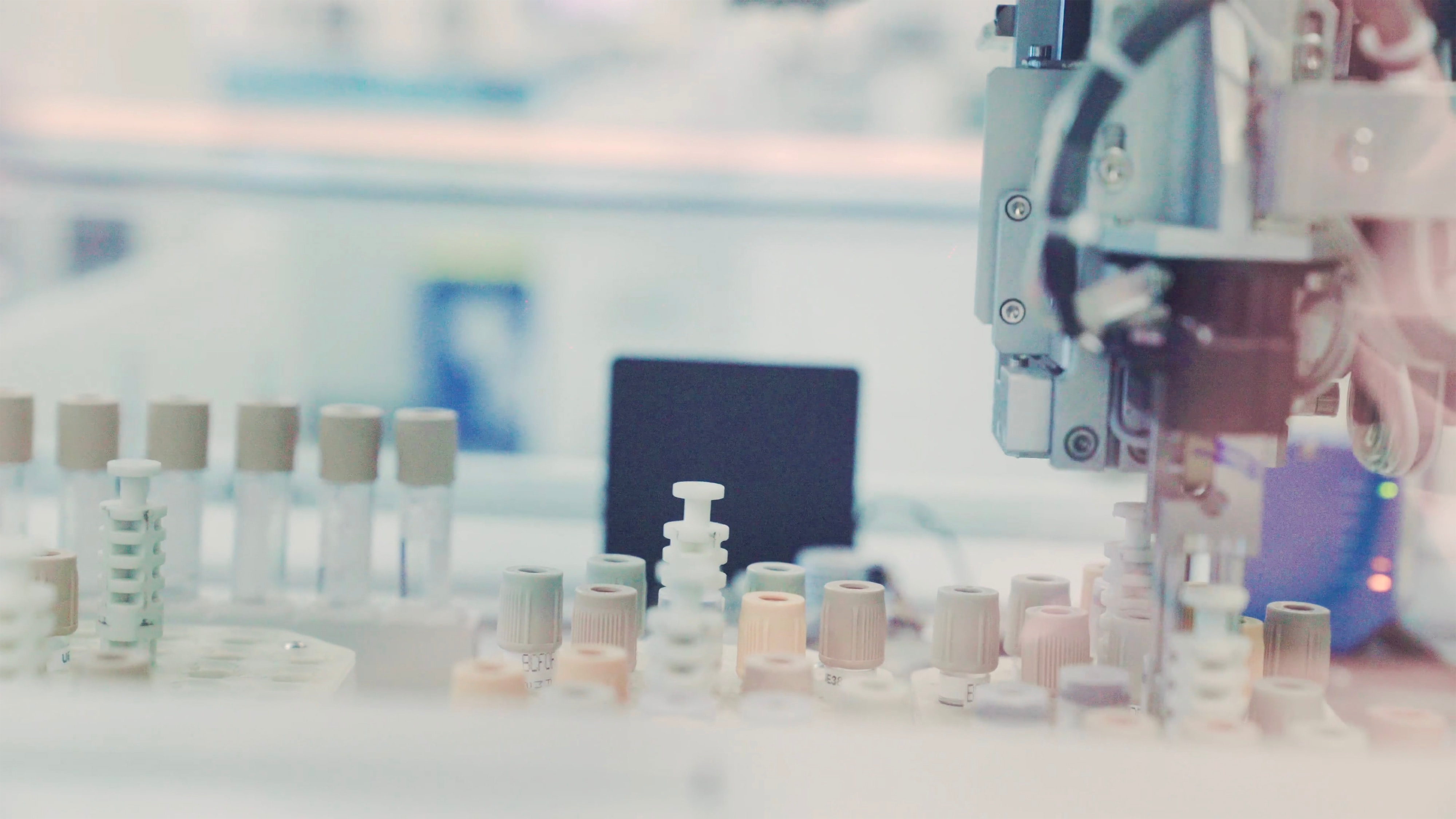August 2023 - Lorenzo Di Michele, Assistant Professor in Biotechnology
Dr Lorenzo Di Michele says that synthetic cells could be the key to developing targeted personalised treatments that help to minimise toxic side effects associated with high drug doses.
For our August blog Lorenzo Di Michele, Assistant Professor in Biotechnology and Pembroke Fellow, tells us about the work that his DiMicheleLAB have been doing in synthetic cell development and how interdepartmental collaboration is making the next breakthroughs in medicine possible.
Synthetic Cells and the Future of Health
All life forms consist of at least one cell, but humans have about 40 trillions of around 200 different types. The latter figure always surprises me. How can only 200 different cell types produce the enormously articulated responses that a human body is capable of?
This number is less surprising if one considers how incredibly complex and versatile individual cells are. Cells can perform a vast range of functions, from moving to harvesting energy, producing new molecules and degrading others, sensing chemicals and mechanical forces, communicating, growing and dividing.
Unfortunately, diseases arise when some of our cells malfunction, such as in the case of cancer or autoimmune disorders. Our natural response to disease, the immune system, is also reliant on the abilities of a handful of specialised cell types.
To combat these ailments, synthetic biologists have developed techniques to reprogram live cells through genome editing, aiming to modify their behaviour in beneficial ways. Engineered cells have already demonstrated incredible potential in innovative therapies, as seen in CAR-T cell cancer treatments. In this ground-breaking approach, immune T-cells are extracted, reprogrammed to selectively target and destroy cancer cells, and then reintroduced into the patient.
Harnessing the inherent abilities of immune cells and reprogramming them to combat diseases is an immensely powerful concept. However, the complex process of editing live immune cells presents practical challenges, making these life-saving therapies costly and less accessible.
What if we could directly manufacture artificial microdevices that mimic immune cells? Such an advancement would bypass the complexities of genetic engineering and potentially make revolutionary cell therapies more readily available.
Spoiler alert: we aren't there just yet, and it may be several more years before such a feat becomes possible. However, there exists a research community that dreams big and tirelessly works toward the ambitious goal of constructing "synthetic cells."
Synthetic cell science, also known as "bottom-up" synthetic biology, strives to create micro-robots that exhibit behaviours similar to biological cells using non-living components. Rather than modifying live cells, researchers aim to develop devices that can perform useful cell-like functions without being alive.
The beauty of synthetic cells lies in the freedom to choose their components from a virtually unlimited library. These cells often combine biological elements like lipid membranes, enzymes, ribosomes, and nucleic acids with non-biological components such as polymers and nanoparticles.
The range of scientific disciplines needed to engineer synthetic cells is equally diverse, ranging from biophysics to synthetic chemistry, from molecular biology to control engineering, and even computer science. The intrinsic interdisciplinarity of synthetic cell science means that progress could not be achieved within the traditional academic framework, where researchers would sit within their watertight disciplinary compartments with little cross-disciplinary cooperation.
Luckily, academic research has moved past this isolationist framework, enabling recent generations of interdisciplinary scientists to design and construct an impressive variety of synthetic cells capable of performing numerous cell-like functions. Synthetic cells have shown the ability to produce proteins and nucleic acids, detect biomarkers and environmental changes, and even establish two-way communication with live cells.
While further work is needed to enhance the robustness of synthetic cells and enable their operation outside the controlled conditions of a test tube, progress continues to be made.
The next major milestone is translating the synthetic cell toolkit into viable therapeutic solutions. Although building a synthetic immune cell presents formidable challenges, there are intermediate goals that can still lead to remarkable healthcare innovations.
Synthetic cells have potential as powerful diagnostic tools, capable of sensing and quantifying biomarkers such as proteins and fragments of DNA and RNA from blood samples.
They can also serve as smart drug delivery vectors, which could be injected in the body and reach diseased tissues thanks to active motion or by recognising molecules on the surface of target cells. Only when the disease site is reached, the synthetic cells would produce and then release the therapeutic agents, opening the new possibilities for personalised treatments that minimise toxic side effects associated to high drug doses.
Similarly, synthetic cells can drive advancements in vaccine technologies by locally synthesising and releasing the active ingredients, helping to mitigate challenges associated to the chemical and biological stability of these compounds. Synthetic cells with multiple pockets could also simultaneously or sequentially release adjuvants to improve vaccine performance.
"What if we could directly manufacture artificial microdevices that mimic immune cells? Such an advancement would bypass the complexities of genetic engineering and potentially make revolutionary cell therapies more readily available."
Finally, synthetic cells could serve as invaluable model systems for drug development and testing for instance to study how drugs interact with cell membranes and cell-surface proteins, which can be reconstructed in synthetic cells.
With my enthusiastic and interdisciplinary research group at Cambridge (and Imperial College), I try to do my part to fuel the ongoing synthetic cell revolution using biophysics and DNA nanotechnology. The latter allows us to construct functional and structural components for our synthetic cells using DNA and RNA molecules like nanoscale Lego bricks, but this is a story for a future blog entry…
The momentum behind synthetic cell research continues to grow, attracting interest and investments from both industry and funding bodies. As we continue to explore the possibilities of synthetic cells, the future of healthcare is poised for ground-breaking innovations. From diagnostics to targeted therapies, the power of synthetic cells will shape a new era in healthcare, paving the way for a healthier and more resilient society.
Lorenzo completed his undergraduate and master’s degrees in physics at the University of L'Aquila (Abruzzo, Italy) in 2010, before moving to the Cavendish Laboratory, University of Cambridge to start his PhD in soft condensed matter physics. After graduating in 2013, Lorenzo took up an Oppenheimer Early Career Research Fellowship, followed by a Leverhulme Early Career Research Fellowship in 2016 and a Royal Society University Research Fellowship in 2018. The following year, Lorenzo was awarded an ERC starting grant and moved to the Department of Chemistry at Imperial College London as Lecturer and then Senior Lecturer, before returning to the University of Cambridge, Department of Chemical Engineering and Biotechnology as Assistant Professor in Biotechnology in 2022. Lorenzo’s research group applies the toolkit of nucleic acid nanotechnology to designing advanced biomimetic systems, applicable as biophysical models or tackling challenges in biomedicine.




